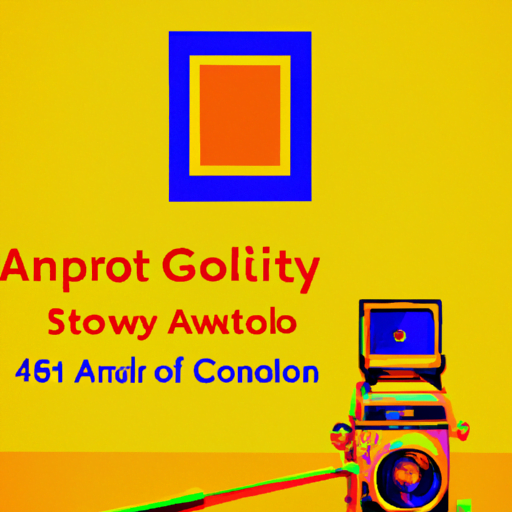
-
Table of Contents
Exploring Surrealism in Graphic Design

Surrealism, an artistic movement that emerged in the early 20th century, has had a profound impact on various art forms, including graphic design. Rooted in the exploration of the unconscious mind, surrealism seeks to challenge conventional reality and create a world of dreamlike imagery. In this article, we will delve into the fascinating world of surrealism in graphic design, exploring its origins, key characteristics, and notable examples.
The Origins of Surrealism
Surrealism originated in the 1920s as a literary and artistic movement led by André Breton. It was heavily influenced by the psychoanalytic theories of Sigmund Freud, particularly his ideas about the unconscious mind and dreams. Surrealists sought to tap into the power of the unconscious to create art that defied logic and reason.
Graphic design, as a discipline, embraced surrealism as a means of pushing boundaries and challenging traditional design principles. By incorporating surrealistic elements into their work, graphic designers were able to create visually striking and thought-provoking designs that captivated audiences.
Key Characteristics of Surrealism in Graphic Design
Surrealism in graphic design is characterized by several key elements that set it apart from other design styles. These include:
- Unexpected juxtapositions: Surrealistic designs often combine unrelated objects or concepts in unexpected ways, creating a sense of surprise and intrigue.
- Distorted reality: Surrealistic designs distort or manipulate reality, blurring the line between the real and the imaginary.
- Dreamlike imagery: Surrealism draws heavily from the world of dreams, incorporating surreal and fantastical elements into the design.
- Symbolism and metaphor: Surrealistic designs often use symbolic imagery and metaphorical representations to convey deeper meanings and emotions.
- Playful and whimsical: Surrealism embraces a sense of playfulness and whimsy, creating designs that are visually engaging and evoke a sense of wonder.
Notable Examples of Surrealism in Graphic Design
There have been numerous notable examples of surrealism in graphic design throughout history. One such example is the work of Salvador Dalí, a renowned surrealist artist who also dabbled in graphic design. His iconic melting clocks in “The Persistence of Memory” have become synonymous with surrealism and have been widely referenced and parodied in graphic design.
Another notable example is the album cover for Pink Floyd’s “The Dark Side of the Moon.” Designed by Storm Thorgerson and Aubrey Powell of the design studio Hipgnosis, the cover features a prism refracting light, creating a surreal and otherworldly effect. The design perfectly captures the album’s themes of introspection and the exploration of the human psyche.
The Influence of Surrealism on Modern Graphic Design
Surrealism continues to have a significant influence on modern graphic design. Its emphasis on creativity, imagination, and pushing boundaries aligns well with the ever-evolving nature of the design industry. Many contemporary designers draw inspiration from surrealism, incorporating its elements into their work to create visually stunning and conceptually rich designs.
One example of this is the work of Stefan Sagmeister, a renowned graphic designer known for his innovative and surrealistic designs. His project “Things I Have Learned in My Life So Far” features large-scale installations that combine typography, photography, and surreal elements to convey powerful messages.
Statistics also support the enduring influence of surrealism in graphic design. According to a survey conducted by the American Institute of Graphic Arts (AIGA), 68% of graphic designers consider surrealism to be a significant source of inspiration in their work. This highlights the continued relevance and impact of surrealism in the field of graphic design.
Conclusion
Surrealism has left an indelible mark on the world of graphic design. Its exploration of the unconscious mind, unexpected juxtapositions, and dreamlike imagery have inspired countless designers to push the boundaries of creativity and create visually captivating designs. From Salvador Dalí to contemporary designers like Stefan Sagmeister, surrealism continues to shape and influence the field of graphic design. By embracing the principles of surrealism, designers can tap into the power of the imagination and create designs that captivate and inspire.
